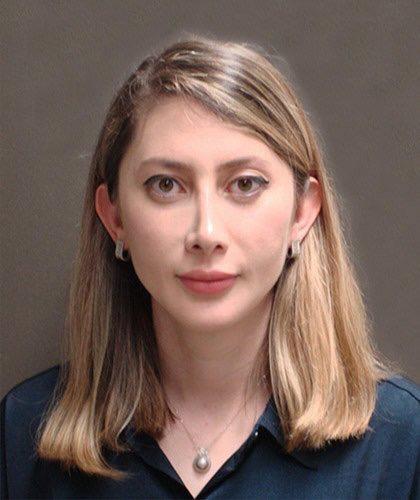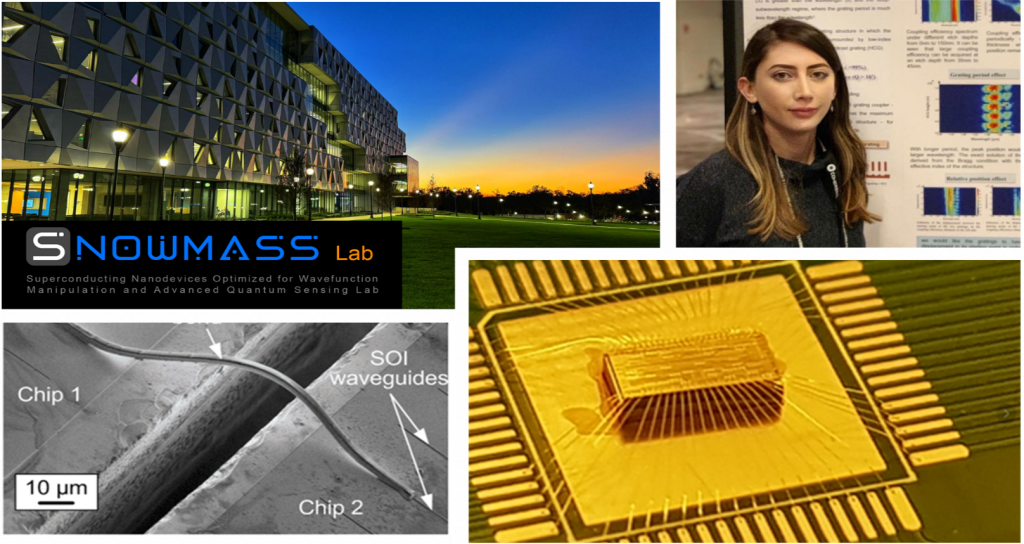ECE Assistant Professor Elham Heidari has received a $300k grant from AFWERX, a program of the U.S. Air Force and U.S. Space Force, in support of her project “Emerging Trends in High-Capacity Optical Transceivers: A Focus on Monolithic Integration.” Specifically, the project focus is the development of a high-speed electro-optical modulator, an essential constituent for active photonic integrated circuits (PICs).
“In the future, Photonic Integrated Circuits (PICs) will revolutionize communication and computing, underpinning ultra-fast internet, sophisticated medical imaging, and powering quantum computers, greatly enhancing data processing and connectivity.”
—Dr. Elham Heidari
An electro-optical modulator controls the properties of light, such as its phase, intensity, or polarization, in response to an applied electrical signal. The development of a ultra-fast modulator is widely recognized as a crucial next step in mitigating the difficulties linked to the dimensions and energy consumption of conventional photonic electro-optical modulators. Dr. Heidari’s lab is also investigating the possibility of incorporating transparent conducting oxides into photonic devices, which would be critical for the development of high-performance devices. Integration of photonic electro-optical modulators with cutting-edge semiconductor technologies is seen as critical to the development of high-speed devices of the future. The addition of photonics to silicon devices in optical transceivers creates a hybrid system that would significantly boost data transmission speeds while reducing power consumption, combining the best of both optical and electronic technologies. Currently, there are preparations underway to fabricate the modulator device at the 45 nm node at Global Foundries. This fabrication stage is crucial to determining the technology’s feasibility and scalability in real-world environments.
The AFWERX grant will also facilitates the system’s heterogeneous integration by supplying funding for the integration of laser technology. The integration in question is critical for the advancement of all-encompassing photonic systems, as it corresponds to the prevailing trends and requirements in the discipline.
Dr. Heidari’s team is enthusiastic about furthering the development of the next generation of devices by developing scalable, practicable solutions for the future.


